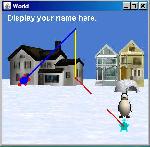
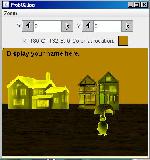
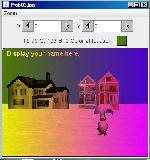
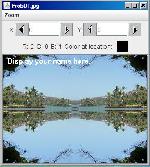
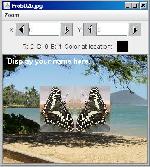
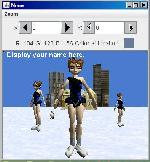
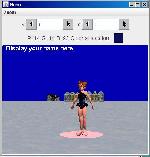
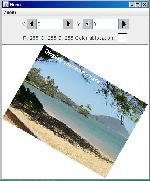
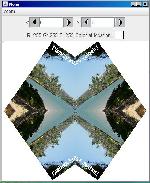
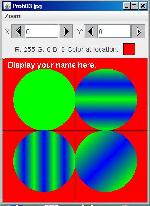
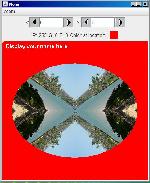
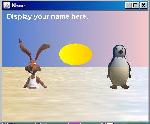
A new approach
Beginning in the Spring semester of 2009, students enrolled in ITSE 2321 Object-Oriented Programming have been pursuing two parallel tracks of study designed to teach and reinforce the concepts of and the application of Object-Oriented Programming (OOP).
One track is traditional
One track is the traditional track that has been used in this course for many years. This track is based primarily on the online lessons numbered 1600 through 1630 located here. This track is designed to teach students the fundamentals of Object-Oriented Programming.
Note that I didn't say fundamentals of programming. Students enrolled in this course should be well versed in the fundamentals of programming, and should have successfully completed COSC 1315 or an equivalent course. I said fundamentals of Object-Oriented Programming.
There is a significant difference between simple procedural programming (as taught in COSC 1315) and OOP. OOP clearly takes programming to the next level.
The traditional track uses short, concise programs to illustrate the fundamentals without concern for the real-world applicability of those programs. The programs are designed to be as simple as possible while still illustrating the OOP concepts involved without necessarily attempting to solve any real-world problems. While absolutely necessary for an understanding of OOP, the material in the traditional track can be somewhat tedious and boring.
A multimedia track
The second track is designed to teach students how to apply OOP in the real world. It is based largely on the textbook titled Introduction to Computing and Programming with Java, A Multimedia Approach. This textbook teaches the practical applications of Java OOP, including the manipulation of pictures, sound, text and videos.
For example, thumbnail versions of some of the images that you will learn to create in this course are shown below.
 |
 |
 |
 |
 |
 |
 |
 |
 |
 |
 |
 |
All of the images shown above were created by writing Java programs to manipulate digital photos or other image files.
For those enrolled in the classroom section of the course, the bulk of the lecture time will be spent on the multimedia track. Time in the lab will be dedicated to either the traditional track or the multimedia track, depending on which topics the students have questions about. Exams will have a mixture of questions from both tracks. For example, a typical exam question would be to ask the student to write a Java program that will:
Hopefully by the end of the semester students will have a good foundation for learning much of what they will need to know to create multimedia projects similar to the following. (The second one is quite long and may take a while to download, so you will need to be patient.):
*Copyright Georgia Institute of Technology 2004, author Barb Ericson
Please note, however, that learning to create multimedia projects of this complexity will require a significant study effort on the student's part beyond the material covered in this one-semester course. This course will simply lay the groundwork for students who desire to pursue the Java/multimedia path.
The first video listed above includes sound and demonstrates audio frequency shifting using a Java program.
There is no sound included in the second video. Instead, this video demonstrates the merging of two videos using a Java program. One of the two videos is an animation produced using the Alice software. The other video was produced with a video camera and includes a human actor performing in front of a blue screen (similar to the technique used to merge weather maps and human announcers on TV).
-end-
File: ITSE2321ExpandedCourseDescription.htm